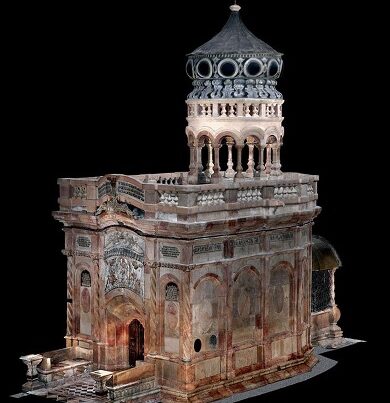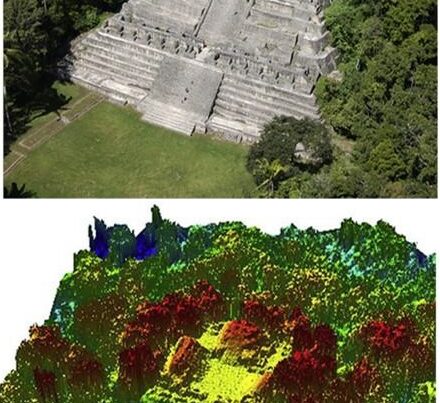by Ekaterini T. Delegou, Christos Karapiperis, Zoe Hilioti, Anastasia Chasapi, Dimitris Valasiadis, Athanasia Alexandridou, Vasiliki Rihani, Maria Kroustalaki, Theodore Bris, C.A. Ouzounis, Antonis Salakidis and Antonia Moropoulou
ABSTRACT
In this study, the presence of microbial communities in the building materials of the Holy Aedicule via am-plicon metagenomics is established. Ten samples in total are examined consisting of five mortar samples, two marble samples and three Holy Rock samples. They all are of high importance from a historical perspective, and they are collected from various locations of the Holy Tomb Chamber. This is the first time that samples from the Holy Aedicule have been analysed by metagenomics, and the documented microbial communities can serve as a benchmark of the monument’s state at the time of sampling and can therefore be used in any future works regarding the sustainability of the monument. It is observed that all the examined samples are colonized by certain common and more importantly distinctive microbial communities, from several genera. Particularly, the species Pseudomonas aeruginosa, Acinetobacter johnsonii, Chroococcidiopsis thermalis PCC 7203, Loriellopsis cavernicola, Zhihengliuella somnathii, Massilia atriviolacea and Massilia aurea display the highest rela-tive abundances in all the examined samples, compared to the rest of the identified species. Furthermore, a machine learning method is implemented to rank, at the genus level, the most characteristic low abundance microbiota communities among the examined samples, while a cluster analysis, based on the kind and the abundance of all the species identified in each sample, is also performed. The above-mentioned bioinformatics approaches offer additional insights featuring samples interrelation, and they are interpreted using building materials data, archaeometry data, as well as historical evidence, presented in previous works. Thus, a new potential about the microbiota characterization in built cultural heritage is highlighted and suggested.
![]()



